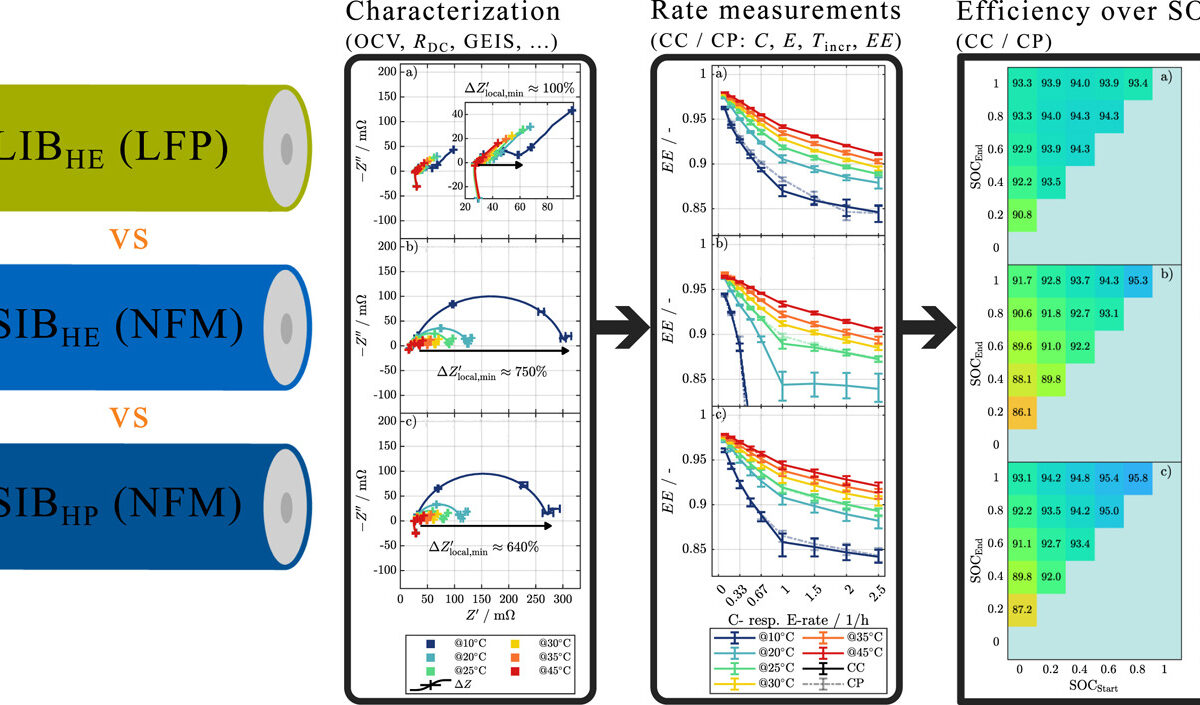From ESS News
The BESS using second-life batteries at the Porsche Leipzig plant has a capacity of 5 MW and an energy content of 10 MWh. The system can be operated at up to 20% overload for short periods. The 4,400 battery modules from Porsche Taycan electric sportscars are housed in four battery containers.
The use of second-life batteries increases value in the battery value chain as used batteries can spend up to ten years in stationary storage systems before being recycled. The battery storage system at the Porsche Leipzig plant is supplied with energy from the plant’s own solar system with a peak output of 9.4 MW. The storage system with second-life batteries can help reduce peak loads, storing the energy for later use.
pv magazine
Jonathan Dietrich, overall project manager for battery storage explains that the project should make the site more economical and increase the plant’s self-sufficiency. “We hope to gain insights from the project in order to be able to equip other Porsche locations with similar systems and capabilities in the future. At the same time, we can utilize batteries from test cars that are no longer suitable for demanding use in the vehicle for a second useful deployment before their final recycling.”
The model project has been able to combine a number of different functions such as peak load capping, optimization of self-consumption and participation in the energy market, as is common for BESS stabilizing grids.
“The project exemplifies how we can use resources sustainably and combine this commitment with business efficiency,” says Albrecht Reimold, Member of the Executive Board for Production and Logistics at Porsche AG.
Second-life and repurposed new batteries from high-performance electric vehicles such as cars, trucks and buses are already being integrated into stationary storage systems in commercial products such as from German companies such as The Mobility House and the startup Voltfang, among others. In Japan, a recently founded joint venture between Honda and Mitsubishi Corporation called Altna is focusing on second-life applications.
Also in Europe, software company Circunomics specializes in helping battery users find appropriate second-life cases for batteries before recycling. In China, this aspect of the battery life cycle is described as “cadence” or “ladder” uses, which include several other second-life uses besides stationary storage such as slower and smaller electric vehicles such as mopeds and scooters.
This content is protected by copyright and may not be reused. If you want to cooperate with us and would like to reuse some of our content, please contact: editors@pv-magazine.com.



By submitting this form you agree to pv magazine using your data for the purposes of publishing your comment.
Your personal data will only be disclosed or otherwise transmitted to third parties for the purposes of spam filtering or if this is necessary for technical maintenance of the website. Any other transfer to third parties will not take place unless this is justified on the basis of applicable data protection regulations or if pv magazine is legally obliged to do so.
You may revoke this consent at any time with effect for the future, in which case your personal data will be deleted immediately. Otherwise, your data will be deleted if pv magazine has processed your request or the purpose of data storage is fulfilled.
Further information on data privacy can be found in our Data Protection Policy.